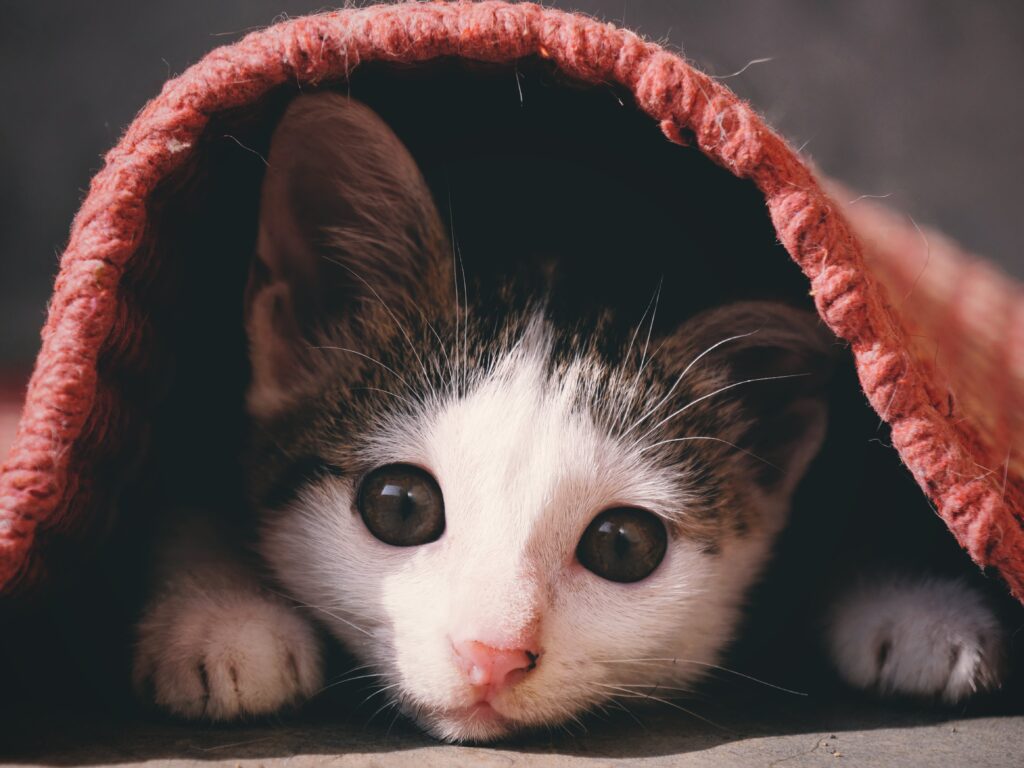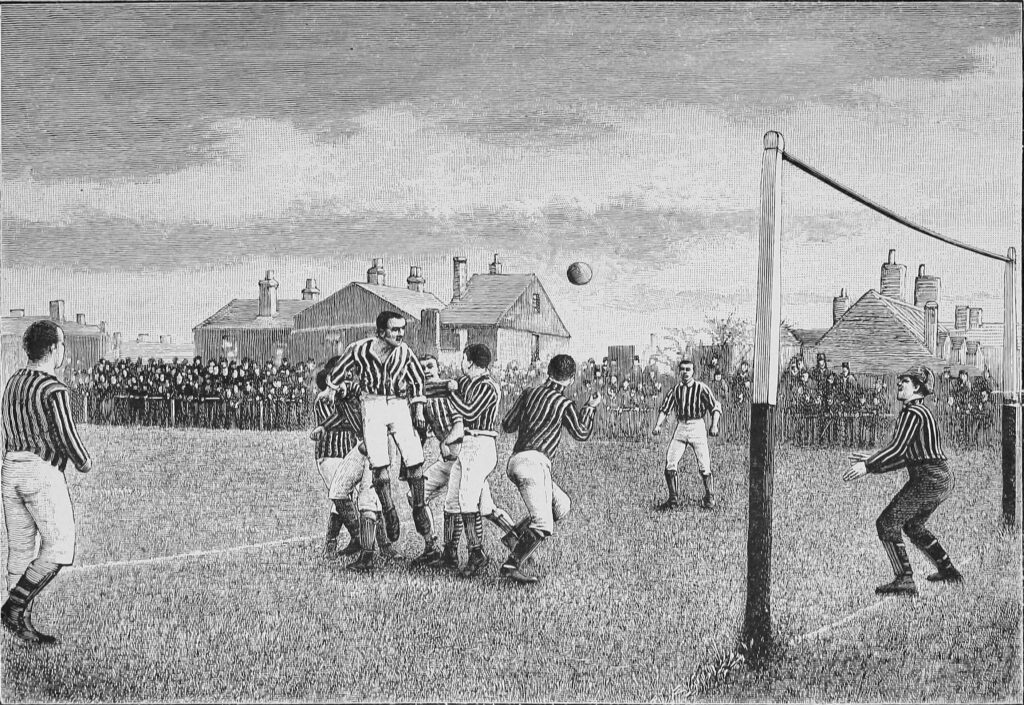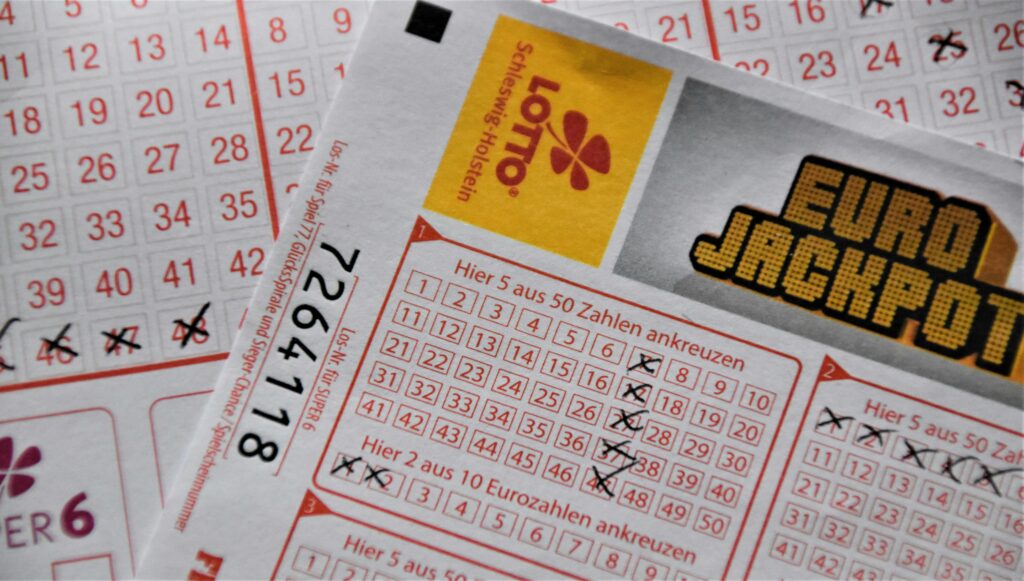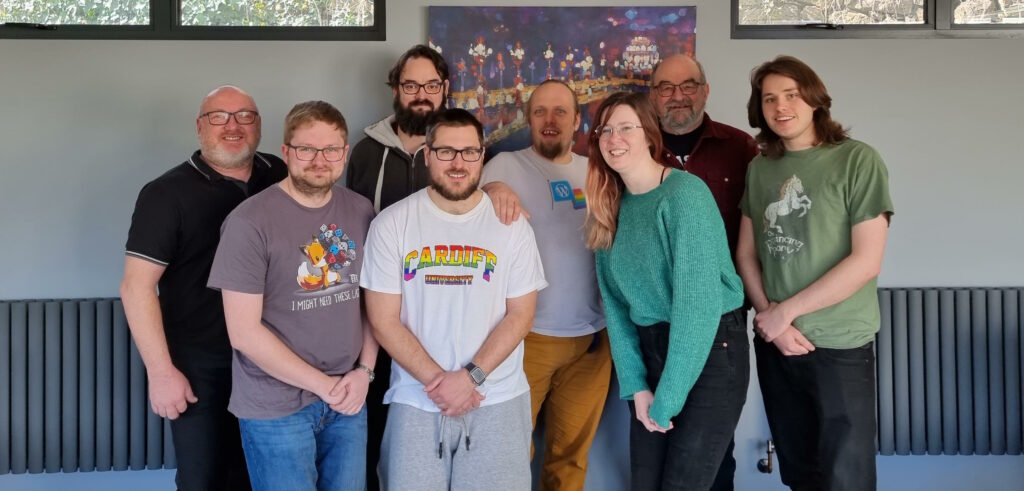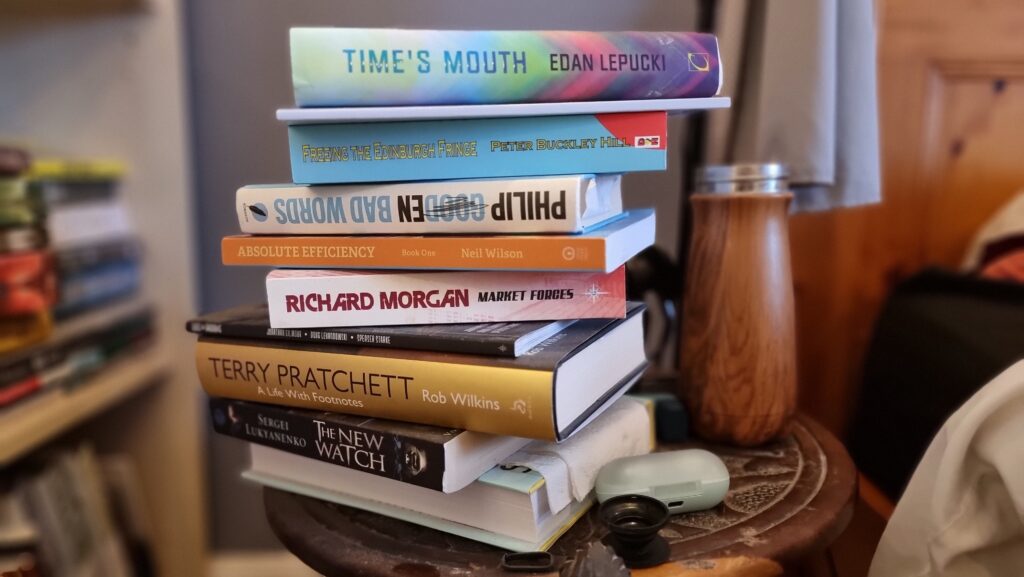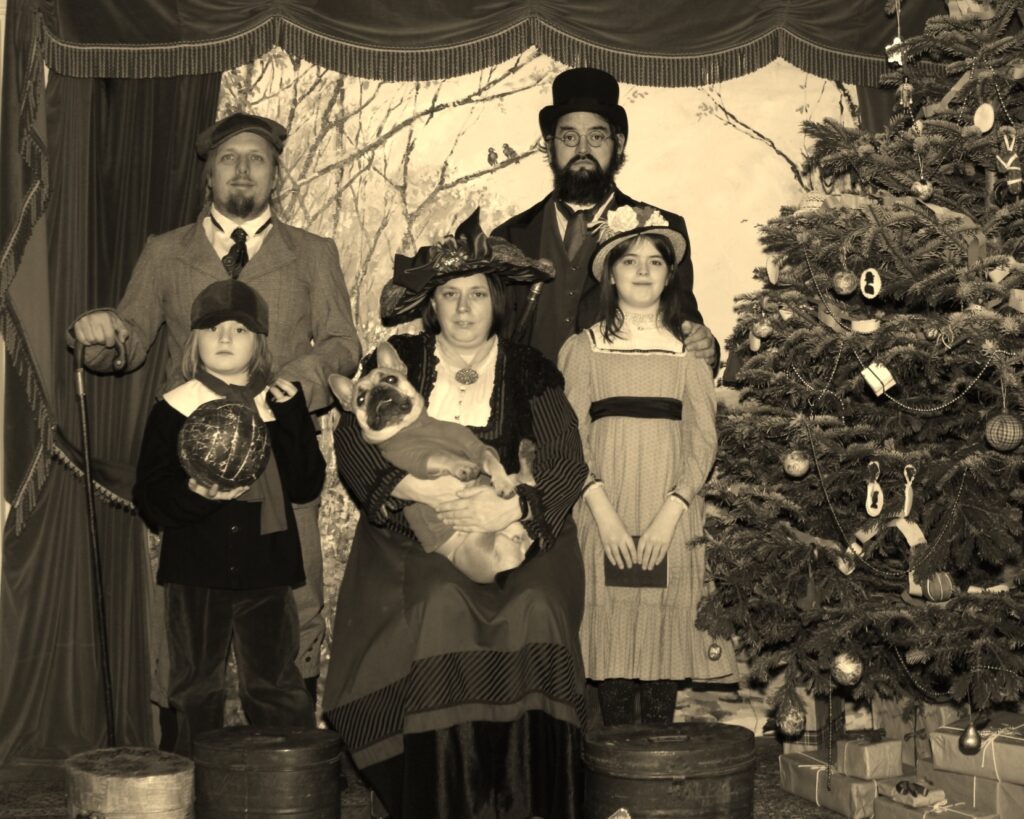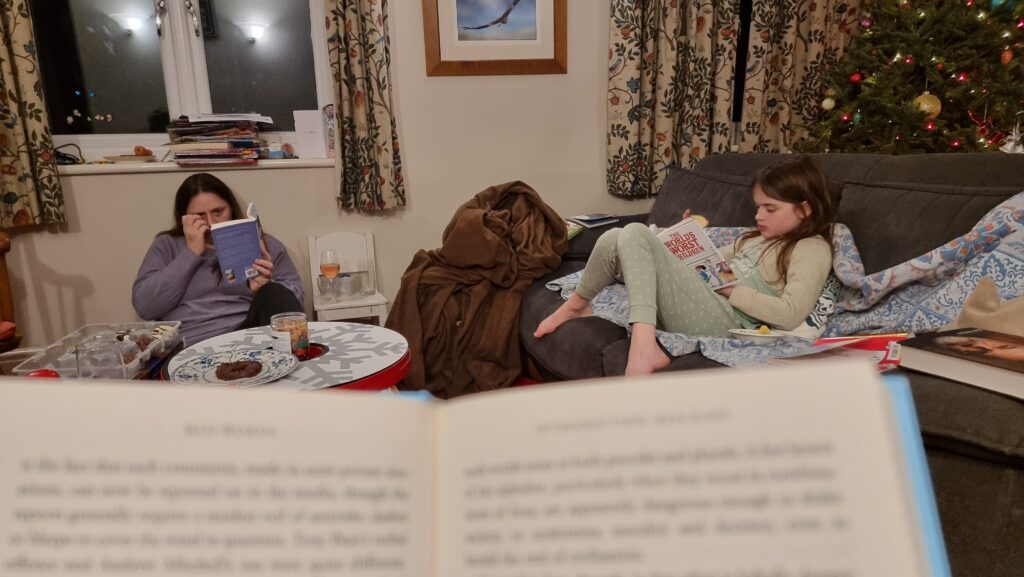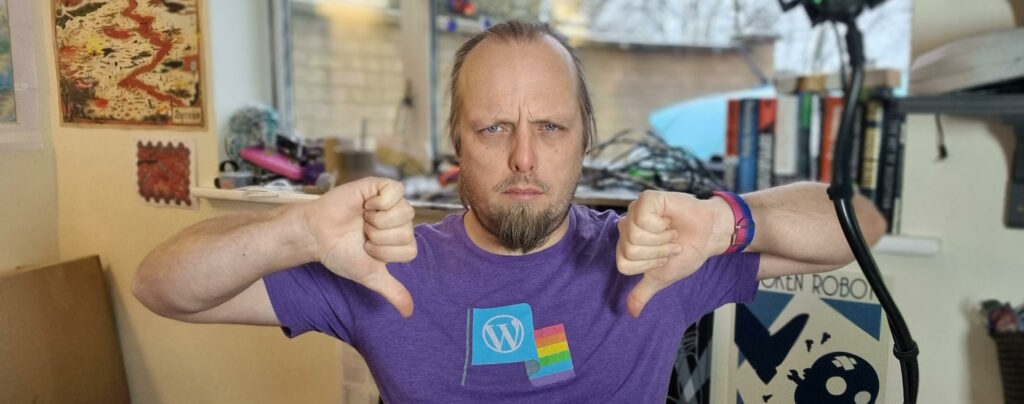Well that was Bloganuary! It was pressuring, exhausting, and – mostly! – fun. Let’s recap what I wrote about each day of January:
- My Biggest Challenge, for which I pointed at motivation in the winter and how that was a major part of my motivation for trying to participate in Bloganuary in the first place! I also touched on the difficulty of staying on-task.

- Playtime. I talked about some of the “play” activities I engage in, including roleplaying games, board games, videogames, escape rooms, and GNSS games.
- Alumnus: an exploration of the higher education establishments I’ve been part of.
- The Gift of Time, when I talked about being time-poor and seemingly perpetually-busy and expressed my love of gifts that help me reclaim that time.
- Nostalgia vs Futurism. I spend comparable amounts of time thinking about the future as the past, I reckon.
- Billboards: a silly joke about a billboard.
- A Different Diet, talking about aspiring towards something slightly-closer to veganism, perhaps starting by reducing my dairy consumption.
- Live Long and Prosper, in which I commemorate my birthday by talking about the dangers of humans living much longer than they do.
- Mission, another silly joke.

- Attachment, about how I didn’t really have an “attachment object” as a kid.
- Paws to Hear my Scents-ible Idea: a silly pitch for a smell-based social network for dogs.
- Pizza, a post about the greatest food ever invented.
- Road Trip! After ruling out a series of runners-up, perhaps my most-memorable road trip was the one to Kit’s wedding.
- Communicate Early, Communicate Often, about the ways I communicate online (spoiler: a lot of it’s right here!).
- Magpies are the Best Bird. Nay, the best animal.
- Clutter, about the clutter in my physical space but perhaps even more in my head.
- Puppy Love: the unconditional love of a dog.
- Uninvention, in which I propose uninventing cryptocurrency.
- Leadership: I revisited an old post about the qualities I admire in leaders; it’s still true.
- Dream Job – am I already doing my dream job? Maybe, though perhaps it isn’t the one that pays me!
- What’s in a name? My name today is one I chose for myself, but it’s not the only name I’ve been known by. I revisit the names I’ve been called and what they’ve meant.
- New Tricks, about how convenient it’d be to be able to explain to our dog that the builders in our house are not here to steal her toys.
- Fun Five: five things I do for fun – code, magic, play, piano, learn. A bit of a parallel to “Playtime” from day 2.
- Harcourt Manor, a local attraction I’ve never gotten to see inside.
- Landslide, the spectacular song that inspired this post because I didn’t objected to the original prompt.
- Traditions my family practices, some of which are pretty unique to us.
- Reading List, about how mine is pretty long this time of year, but that doesn’t stop me thinking about what I might re-read next.
- Not The Lottery, a game I play that’s… well… not the lottery. And how if I played the actual lottery (and somehow won), how I’d do my “dream job” from day 18.
- Sportsball! I don’t really play or follow any sports, but that doesn’t stop me writing a diatribe of what’s wrong with professional soccer.
- Toilet Paper is typically mounted on a holder in one of two polarities. One of those orientations is an abomination.
- The Fear of expressing vulnerability is real in this final Bloganuary entry.
So yeah: 31 posts in as many days! Actually, it was closer to 40, because on a couple of days I wrote non-Bloganuary posts too:
Generating a chart...
If this message doesn't go away, the JavaScript that makes this magic work probably isn't doing its job right: please tell Dan so he can fix it.
Of course, with the addition of this post, it’s now 32+ posts in 32 days. As I’ve noted before, this is my longest daily streak in over 25 years of blogging… and I’m genuinely a little curious how much longer I can keep it up. There are lots of things I meant to write about last month but simply didn’t have time: if I dusted off a few of those ideas I could push on a few days longer. My longest unstreak or “dry spell” – the longest number of consecutive days I’ve gone without making a post – is 42 days: could I beat that? That’d be a special level of personal best.
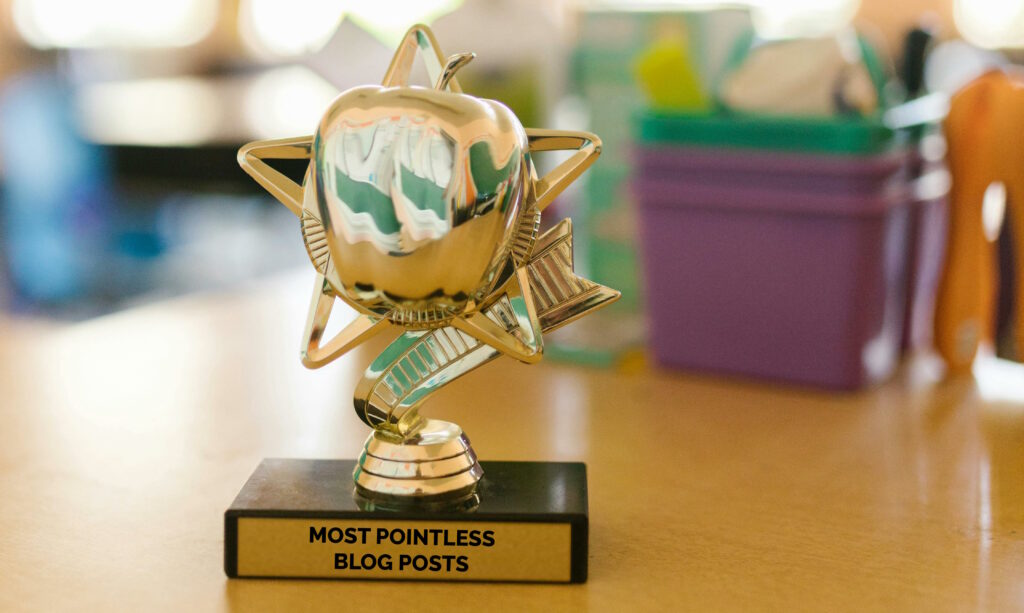
I initially aimed to fuel and inspire my blogging at the start of this year in a more-interpersonal way, by making some pen pals and writing about the experience of that. Except I ran slightly late with my first (and haven’t written it up yet) and even later with my second (on account of winter blues plus spending any spare “blogging” time doing Bloganuary) so that project’s already way off track. Still aiming to catch-up though.
But I’m pleased to have been able to throw out 20,000 words of prompt-driven blog posts too, even if some of the prompts were weaker than others!

